Home>Furniture & Design>Interior Design Trends>How Much Alcohol Is In A Glass Of Wine
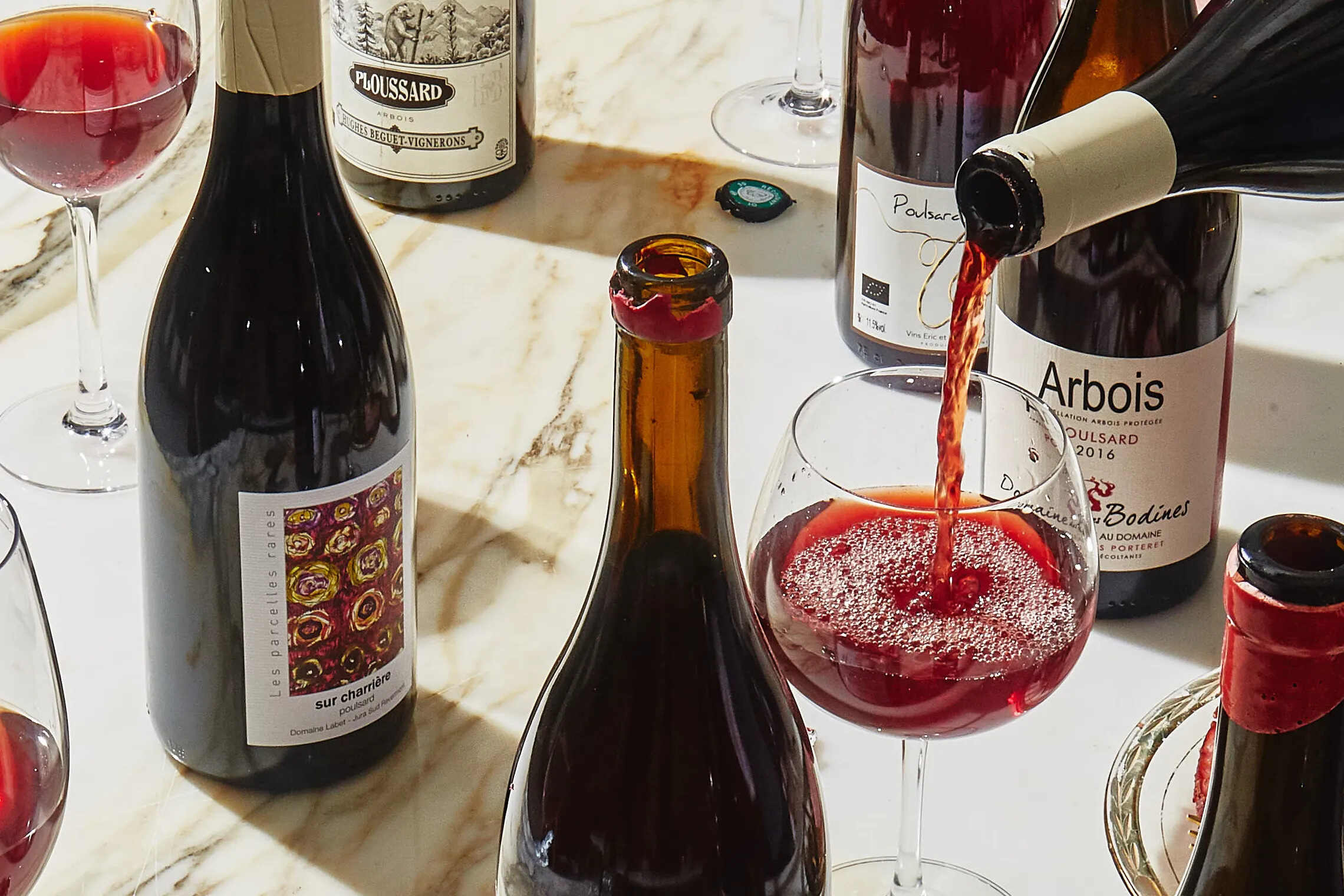

Interior Design Trends
How Much Alcohol Is In A Glass Of Wine
Published: February 3, 2024
Discover the latest interior design trends and tips for creating a stylish and functional space. Stay updated with the top interior design trends for a modern and inviting home.
(Many of the links in this article redirect to a specific reviewed product. Your purchase of these products through affiliate links helps to generate commission for Storables.com, at no extra cost. Learn more)
Introduction
Wine has been an integral part of human culture for centuries, celebrated for its diverse flavors, aromas, and the social experiences it fosters. However, beyond its sensory allure, wine also contains alcohol, a key component that influences its taste, body, and overall impact. Understanding the alcohol content in wine is crucial for both connoisseurs and casual enthusiasts, as it directly affects the drinking experience and health considerations.
In this comprehensive guide, we will delve into the intricate world of wine and alcohol content, shedding light on the factors that influence it, the standard alcohol content in different types of wine, and the methods used to measure it accurately. Additionally, we will explore the effects of alcohol content on health, providing valuable insights for those seeking a balanced approach to enjoying wine responsibly.
As we embark on this journey, it's important to approach the topic with a sense of curiosity and a desire to expand our knowledge of this timeless beverage. Whether you're a seasoned sommelier, an aspiring wine aficionado, or simply someone who appreciates the occasional glass of wine, this exploration of alcohol content in wine promises to enrich your understanding and appreciation of this beloved libation. So, let's raise our glasses and embark on this enlightening odyssey through the world of wine and its alcohol content.
Key Takeaways:
- Wine alcohol content varies by type, influencing taste and health effects. Understanding factors like grape variety and winemaking techniques empowers informed and enjoyable consumption.
- Different wine types have distinct alcohol levels, affecting flavor and body. From light-bodied whites to full-bodied reds, knowing the expected alcohol content enhances the drinking experience.
Read more: How Much Sugar In Wine Glass
Understanding Alcohol Content in Wine
Alcohol content is a defining characteristic of wine, contributing significantly to its taste, body, and overall drinking experience. The alcohol content in wine is typically expressed as a percentage, representing the volume of pure alcohol present in the beverage. Understanding this crucial aspect of wine is essential for anyone seeking to appreciate its nuances and make informed choices about consumption.
The alcohol content in wine is primarily derived from the fermentation process, during which yeast converts the natural sugars in grapes into alcohol and carbon dioxide. This transformation is a delicate and intricate dance of chemistry, influenced by various factors such as grape variety, climate, and winemaking techniques. As a result, the alcohol content in wine can vary widely, ranging from light and crisp to bold and robust.
It's important to note that the alcohol content in wine is not solely determined by the type of grape used, but also by the ripeness of the grapes at the time of harvest. Riper grapes tend to have higher sugar levels, which, in turn, lead to higher alcohol content in the resulting wine. This interplay between grape ripeness and alcohol content underscores the profound impact of viticulture on the final product.
Moreover, the winemaking process itself can influence alcohol content. Factors such as fermentation temperature, yeast selection, and the duration of fermentation all play a role in shaping the alcohol content of the finished wine. Additionally, certain winemaking practices, such as chaptalization (the addition of sugar to the grape must before fermentation), can directly impact the alcohol levels in the wine.
Understanding the alcohol content in wine goes beyond mere numerical values; it encompasses an appreciation for the intricate interplay of natural elements, human intervention, and the artistry of winemaking. By grasping the factors that contribute to alcohol content, one can gain a deeper appreciation for the diversity of wine styles and the skill required to craft them.
In the next sections, we will explore the various factors that influence alcohol content in wine, the standard alcohol content in different types of wine, and the methods used to measure it accurately. This holistic understanding will empower wine enthusiasts to make informed choices and savor the complexities of wine with a newfound sense of knowledge and appreciation.
Factors Affecting Alcohol Content
The alcohol content in wine is influenced by a myriad of factors, each contributing to the unique character and composition of the final product. Understanding these factors is essential for appreciating the diverse range of wine styles and the craftsmanship involved in winemaking.
-
Grape Variety: Different grape varieties inherently contain varying levels of natural sugars, which serve as the raw material for alcohol production during fermentation. For instance, grapes such as Muscat and Grenache tend to have higher sugar content, potentially leading to wines with elevated alcohol levels. Conversely, varieties like Riesling and Gamay often produce wines with lower alcohol content due to their lower sugar levels.
-
Climate and Terroir: The environmental conditions in which grapes are cultivated play a pivotal role in determining their sugar levels and, consequently, the alcohol content in the resulting wine. Warmer climates tend to yield riper grapes with higher sugar concentrations, leading to wines with higher alcohol content. Conversely, cooler climates may produce grapes with lower sugar levels, resulting in wines with lower alcohol content.
-
Harvest Timing: The timing of grape harvest is a critical factor in shaping alcohol content. Grapes harvested later in the season, when they have reached optimal ripeness, are likely to contain higher sugar levels, thus contributing to increased alcohol content in the wine. Winemakers carefully monitor the ripening process to determine the ideal moment for harvest, balancing sugar levels with other essential components such as acidity and flavor development.
-
Winemaking Techniques: Various winemaking practices can directly impact alcohol content. For instance, extended maceration, where grape skins remain in contact with the fermenting juice for an extended period, can lead to increased extraction of sugars and, consequently, higher alcohol levels. Additionally, the use of specific yeast strains and fermentation temperatures can influence the extent of sugar conversion to alcohol during fermentation.
-
Chaptalization and Dilution: Winemakers may employ techniques such as chaptalization, the addition of sugar to the grape must before fermentation, to boost alcohol levels in wines made from underripe grapes. Conversely, dilution with water or the use of reverse osmosis can be utilized to lower alcohol content in wines with excessively high levels, ensuring a balanced and harmonious final product.
By considering these multifaceted factors, one can gain a deeper appreciation for the intricate interplay of nature, human intervention, and tradition in shaping the alcohol content of wine. This understanding enriches the wine enthusiast's journey, fostering a profound connection with the artistry and science behind each bottle.
Standard Alcohol Content in Different Types of Wine
The alcohol content in wine varies significantly across different types and styles, reflecting the diverse characteristics of grape varieties, winemaking techniques, and regional influences. Understanding the standard alcohol content associated with various types of wine provides valuable insights into the expected potency and body of each style, guiding consumers in their selection and enjoyment of these distinct offerings.
Light-Bodied White Wines
Light-bodied white wines, such as Sauvignon Blanc and Riesling, typically exhibit alcohol levels ranging from 9% to 12%. These wines are celebrated for their refreshing acidity, delicate aromatics, and vibrant fruit flavors. The lower alcohol content contributes to their crisp and easy-drinking nature, making them ideal choices for warm-weather sipping and versatile food pairings.
Read more: How Much Wine To Pour In A Glass
Full-Bodied White Wines
Full-bodied white wines, including Chardonnay and Viognier, often boast alcohol levels between 13% and 15%. These wines showcase a richer mouthfeel, complex flavor profiles, and potential for oak-induced nuances. The elevated alcohol content lends weight and structure to these wines, enhancing their ability to complement heartier dishes and provide a more substantial drinking experience.
Light to Medium-Bodied Red Wines
Red wines with a light to medium body, such as Pinot Noir and Grenache, typically feature alcohol levels ranging from 11% to 13.5%. These wines offer a balance of fruit-forwardness and nuanced complexity, with moderate alcohol contributing to their approachability and versatility. The lower alcohol content allows for a more delicate expression of varietal character and regional terroir, appealing to a wide range of palates.
Full-Bodied Red Wines
Full-bodied red wines, exemplified by Cabernet Sauvignon and Syrah, often exhibit alcohol levels between 13.5% and 15.5%. These robust wines showcase intense flavors, robust tannins, and substantial structure, with higher alcohol content contributing to their depth and aging potential. The elevated alcohol levels enhance the wine's ability to stand up to bold flavors and rich, hearty cuisines, making them a preferred choice for special occasions and cellar-worthy investments.
Rosé Wines
Rosé wines typically fall within the 10% to 13% alcohol range, offering a delightful balance between the lightness of white wines and the fruit-forward appeal of reds. These versatile wines are celebrated for their refreshing character, vibrant hues, and diverse flavor profiles, making them a popular choice for casual gatherings and alfresco dining.
Read more: How Much Alcohol In One Glass Of Wine
Sparkling Wines
Sparkling wines, including Champagne and Prosecco, generally feature alcohol levels between 11% and 12.5%. The effervescent nature of these wines, coupled with their lower alcohol content, creates a lively and celebratory drinking experience. The balanced alcohol levels contribute to the overall harmony of these sparkling libations, making them a perennial favorite for toasting and festive occasions.
By recognizing the standard alcohol content associated with different types of wine, enthusiasts can make informed decisions based on their preferences and occasions. This understanding empowers individuals to explore the vast spectrum of wine styles with confidence, appreciating the nuanced interplay of alcohol content with flavor, body, and overall drinking experience.
How to Measure Alcohol Content in Wine
Measuring the alcohol content in wine is a critical aspect of winemaking and quality control, providing valuable insights into the composition and sensory characteristics of the final product. Several methods are employed to accurately determine the alcohol content, each offering unique advantages and precision in analysis.
Distillation and Hydrometer Method
One of the traditional approaches to measuring alcohol content involves distillation and the use of a hydrometer. In this method, a sample of wine is distilled to separate the alcohol from the water and other components. The distilled alcohol is then collected and measured, allowing for the calculation of its volume as a percentage of the original sample. The use of a hydrometer, a specialized instrument that measures the density of liquids, facilitates the accurate determination of alcohol content based on the differences in density between alcohol and water.
Ebulliometer Technique
The ebulliometer method, often utilized in the analysis of sparkling wines, relies on the principle of boiling point elevation to assess alcohol content. By measuring the temperature at which a wine sample begins to boil, and comparing it to the boiling point of pure water, the alcohol content can be calculated. This technique leverages the fact that the presence of alcohol raises the boiling point of a liquid, providing a reliable means of quantifying alcohol levels in wine.
Read more: How To Store Wine Without A Wine Fridge
Refractometer and Spectrophotometer Analysis
Modern advancements in analytical technology have introduced the use of refractometers and spectrophotometers for alcohol content measurement. Refractometers measure the refractive index of a liquid, which correlates with its sugar content. By comparing the initial and final refractive indices of a wine sample before and after fermentation, the alcohol content can be accurately determined. Spectrophotometers, on the other hand, analyze the absorption of specific wavelengths of light by the wine sample, allowing for precise quantification of alcohol levels based on established calibration curves.
Regulatory and Industry Standards
In the commercial production of wine, adherence to regulatory and industry standards for alcohol content is paramount. Many wine-producing regions have established legal requirements regarding the minimum and maximum allowable alcohol levels for different wine categories. Winemakers must ensure compliance with these standards through rigorous testing and analysis, employing accredited laboratories and approved methodologies to verify the alcohol content of their wines.
By employing these diverse methods and technologies, winemakers and quality control professionals can accurately measure the alcohol content in wine, ensuring consistency, quality, and compliance with established standards. This meticulous approach to alcohol analysis underpins the integrity and precision of the winemaking process, ultimately contributing to the enjoyment and appreciation of this timeless beverage.
Effects of Alcohol Content on Health
The alcohol content in wine, like all alcoholic beverages, can have significant implications for human health. While moderate wine consumption has been associated with certain health benefits, it is essential to understand the potential effects of alcohol content on the body and well-being.
Moderate Consumption and Cardiovascular Health
Moderate wine consumption, characterized by one to two standard servings per day, has been linked to potential cardiovascular benefits. The presence of antioxidants, such as resveratrol, in red wine has garnered attention for its purported role in promoting heart health. These compounds may contribute to improved blood vessel function and reduced risk of blood clot formation, potentially lowering the incidence of heart disease and stroke. However, it is crucial to emphasize that these benefits are associated with moderate consumption and may not apply to excessive or binge drinking.
Read more: How To Store Wines
Alcohol Content and Cancer Risk
The alcohol content in wine, particularly when consumed in excess, has been identified as a potential risk factor for certain types of cancer. Chronic and heavy alcohol consumption has been linked to an increased risk of developing cancers of the mouth, throat, esophagus, liver, and breast. The mechanisms underlying these associations are complex and multifaceted, involving the metabolism of alcohol in the body and its potential to generate harmful byproducts that can damage cellular DNA. As such, individuals should be mindful of their alcohol intake and consider the potential impact on long-term cancer risk.
Mental and Emotional Well-being
The effects of alcohol content on mental and emotional well-being are significant considerations. While low to moderate wine consumption may be associated with relaxation and stress reduction due to its psychoactive effects, excessive alcohol consumption can have detrimental effects on mental health. Chronic alcohol abuse can lead to mood disorders, cognitive impairment, and an increased risk of developing alcohol use disorders. It is essential for individuals to be mindful of their alcohol consumption and seek support if they experience challenges related to mental and emotional well-being.
Overall Well-being and Moderation
In summary, the effects of alcohol content in wine on health are multifaceted. While moderate consumption may offer potential cardiovascular benefits and moments of relaxation, excessive or chronic alcohol intake can pose significant health risks, including an increased likelihood of certain cancers and adverse effects on mental well-being. It is crucial for individuals to approach wine consumption with moderation and mindfulness, considering its potential impact on overall well-being and seeking professional guidance if needed.
By understanding the nuanced relationship between alcohol content and health, individuals can make informed choices regarding their wine consumption, prioritizing balance, and well-being while savoring the pleasures of this timeless beverage.
Conclusion
In conclusion, the alcohol content in wine is a multifaceted aspect that significantly influences the sensory attributes, health implications, and overall appreciation of this timeless libation. Throughout this exploration, we have delved into the intricate interplay of factors that shape alcohol content, ranging from grape variety and climate to winemaking techniques and regulatory standards. This comprehensive understanding empowers wine enthusiasts to approach their consumption with knowledge and discernment, fostering a deeper connection with the diverse array of wine styles and their inherent complexities.
By recognizing the standard alcohol content associated with different types of wine, individuals can make informed decisions based on their preferences and occasions. Whether savoring a light-bodied white wine on a warm summer day or indulging in a robust red wine for a special celebration, understanding the expected alcohol levels enriches the drinking experience, allowing for a more profound appreciation of each wine's unique character and craftsmanship.
Furthermore, the methods used to measure alcohol content in wine underscore the meticulous approach taken by winemakers to ensure quality, consistency, and compliance with industry standards. From traditional distillation and hydrometer techniques to modern refractometer and spectrophotometer analyses, the commitment to precision in alcohol measurement reflects the dedication to producing wines of exceptional caliber and integrity.
It is also essential to acknowledge the nuanced relationship between alcohol content and health, emphasizing the potential benefits of moderate wine consumption for cardiovascular well-being while remaining mindful of the risks associated with excessive or chronic intake. This awareness encourages individuals to approach wine consumption with moderation and mindfulness, prioritizing overall well-being and making informed choices that align with their personal health goals.
Ultimately, the exploration of alcohol content in wine transcends mere numerical values, encompassing a profound appreciation for the artistry, tradition, and cultural significance embodied in each bottle. Whether enjoyed in solitude or shared among friends and loved ones, wine serves as a conduit for moments of joy, celebration, and contemplation, enriched by the depth of knowledge and understanding we have cultivated throughout this journey.
As we raise our glasses to the timeless allure of wine, let us continue to embrace its complexities, savor its nuances, and approach its consumption with a blend of curiosity, respect, and mindfulness. In doing so, we honor the legacy of this revered beverage while forging our own meaningful connections with the art and science of winemaking. Cheers to the enduring legacy of wine and the enriching experiences it bestows upon us all.
Frequently Asked Questions about How Much Alcohol Is In A Glass Of Wine
Was this page helpful?
At Storables.com, we guarantee accurate and reliable information. Our content, validated by Expert Board Contributors, is crafted following stringent Editorial Policies. We're committed to providing you with well-researched, expert-backed insights for all your informational needs.
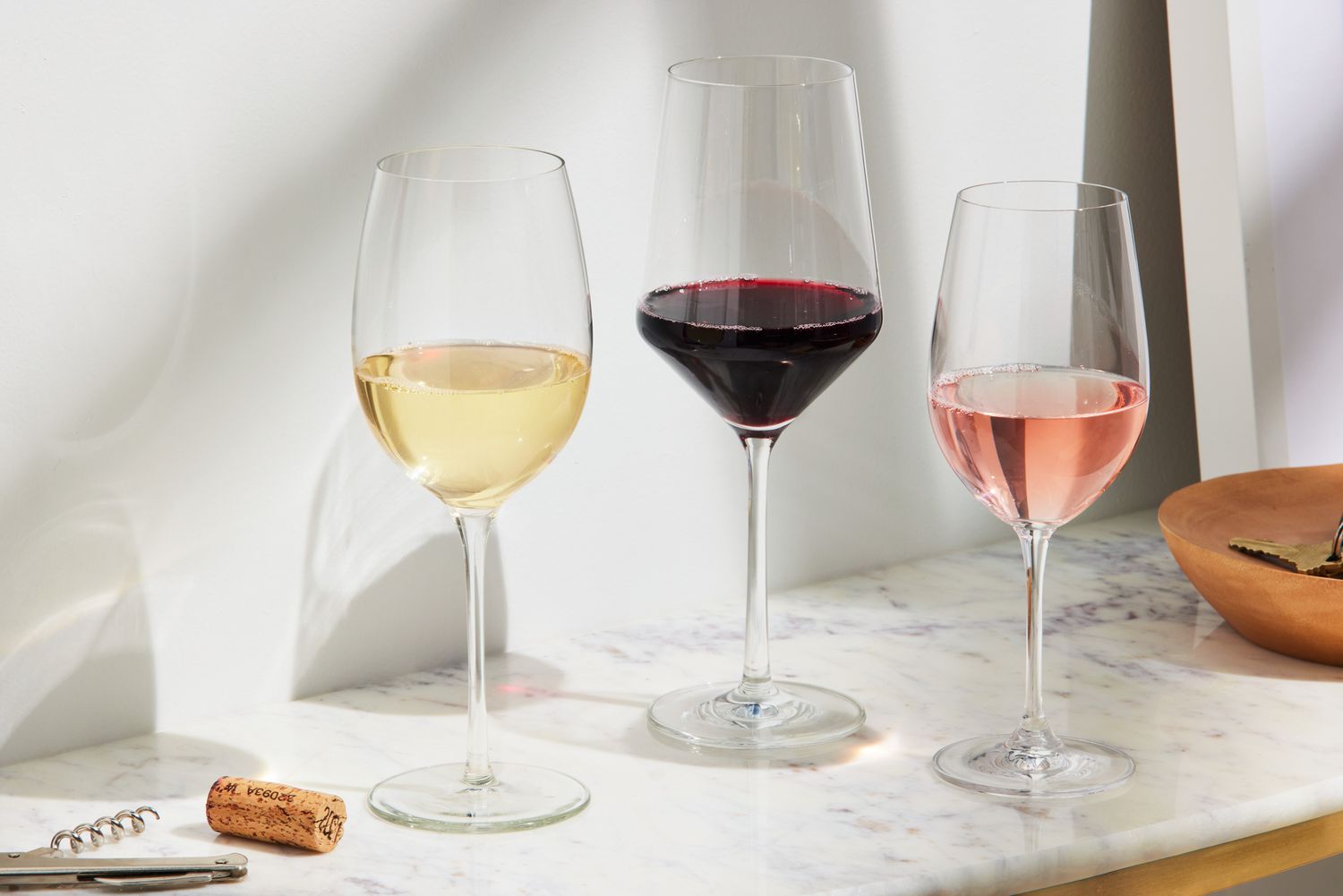
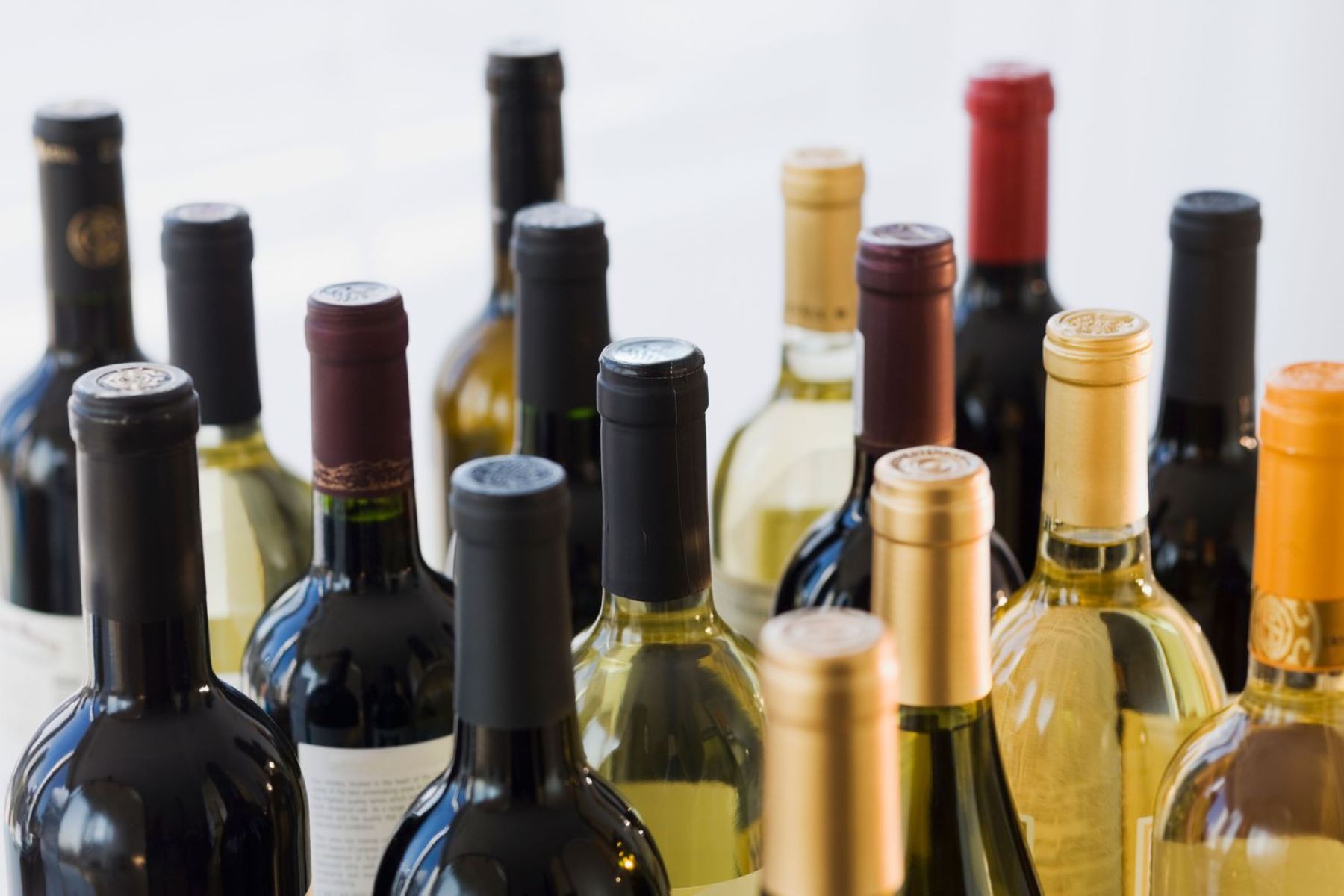

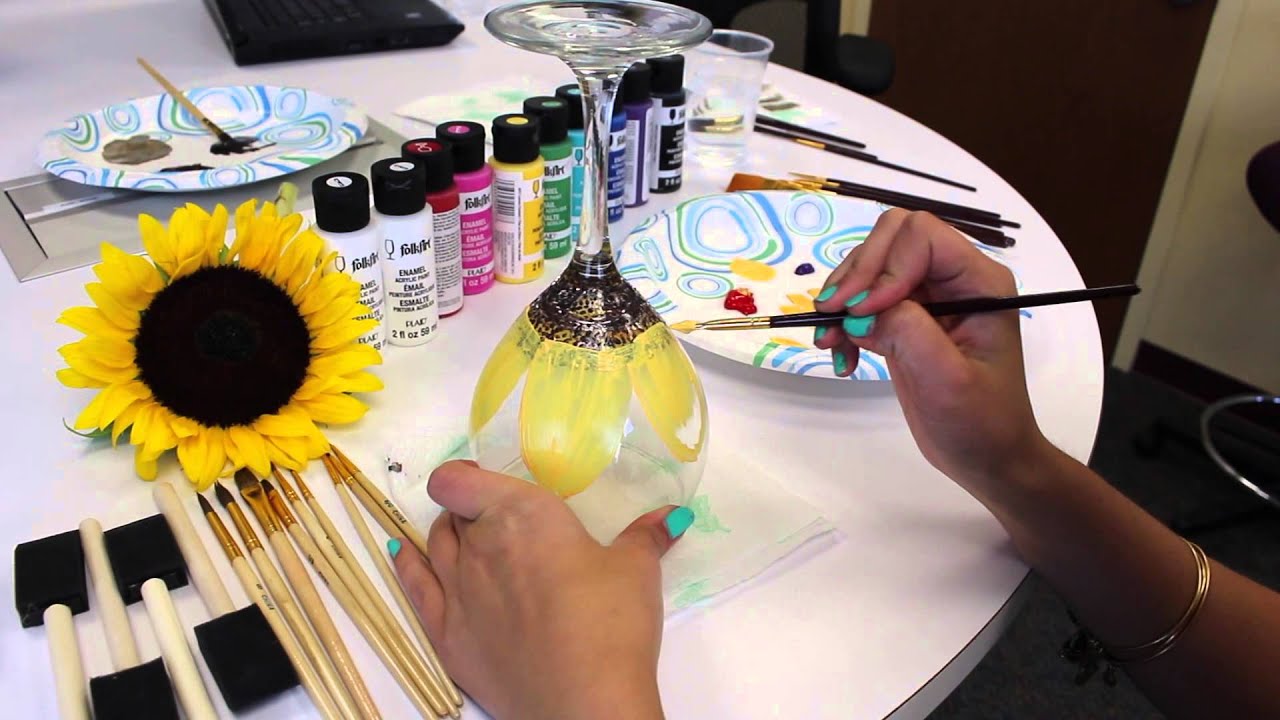

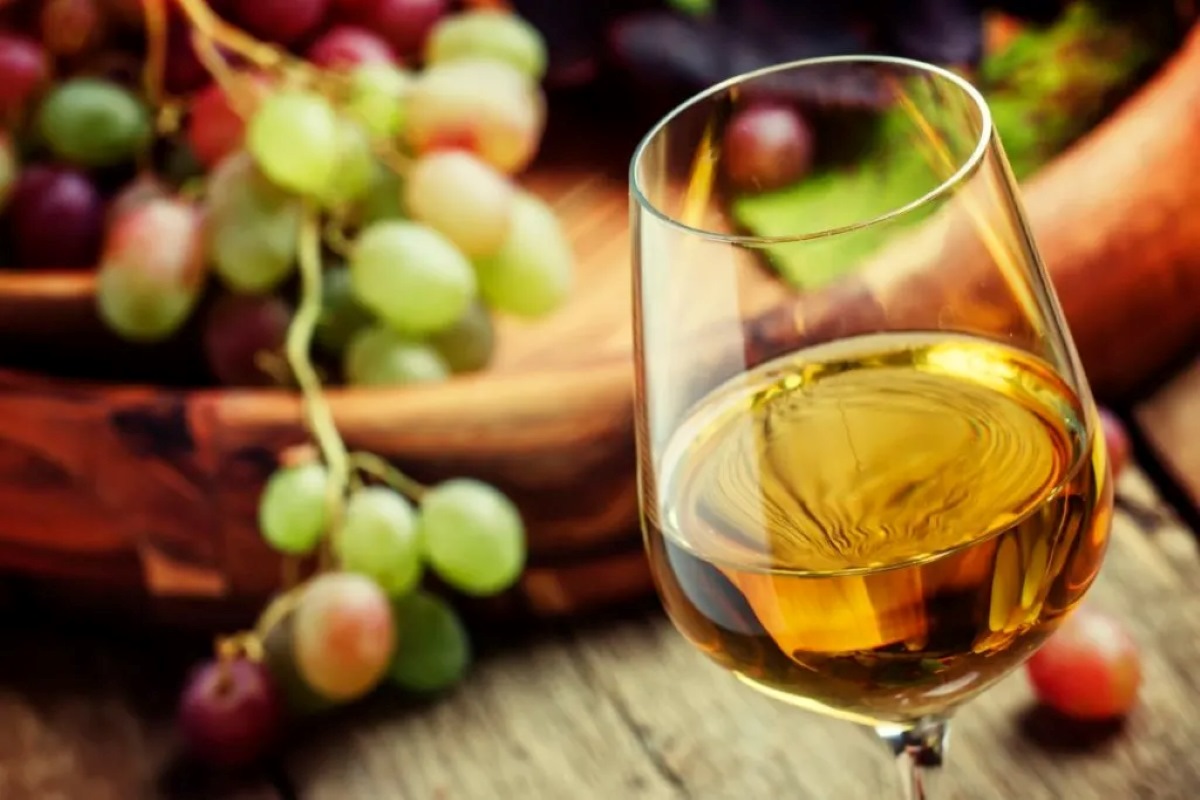
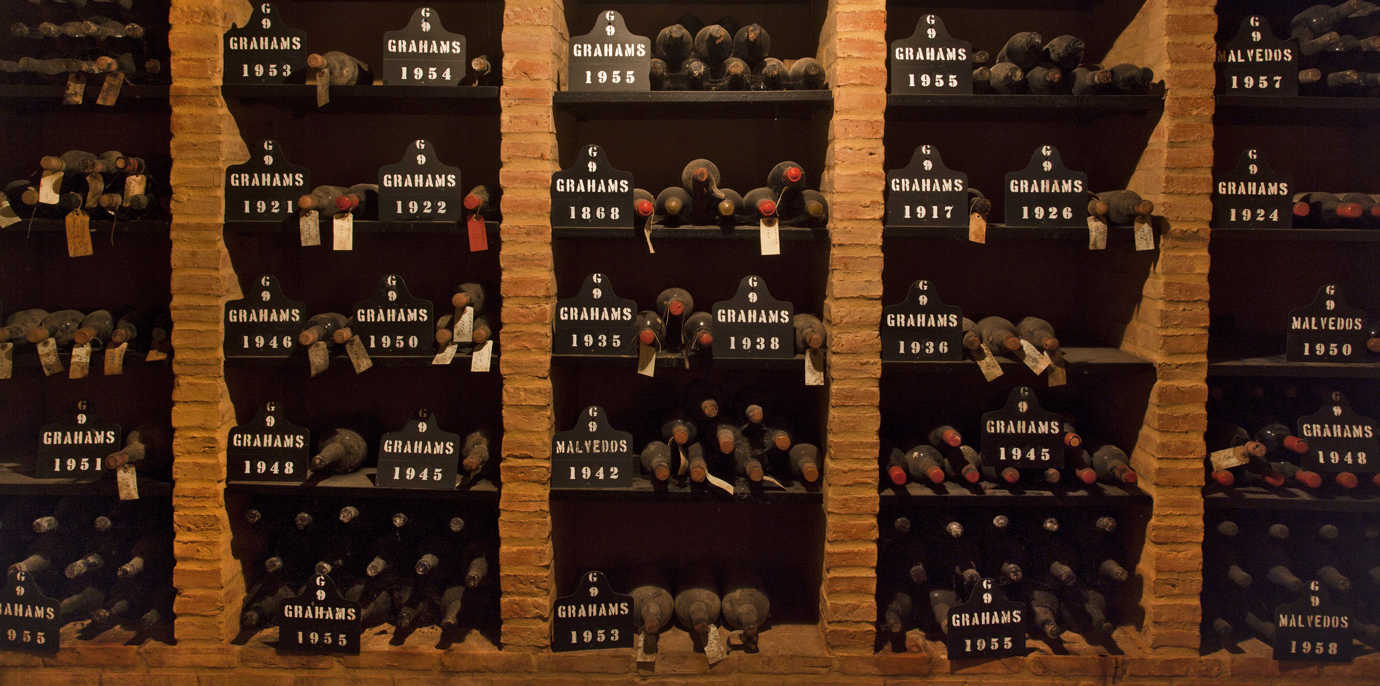
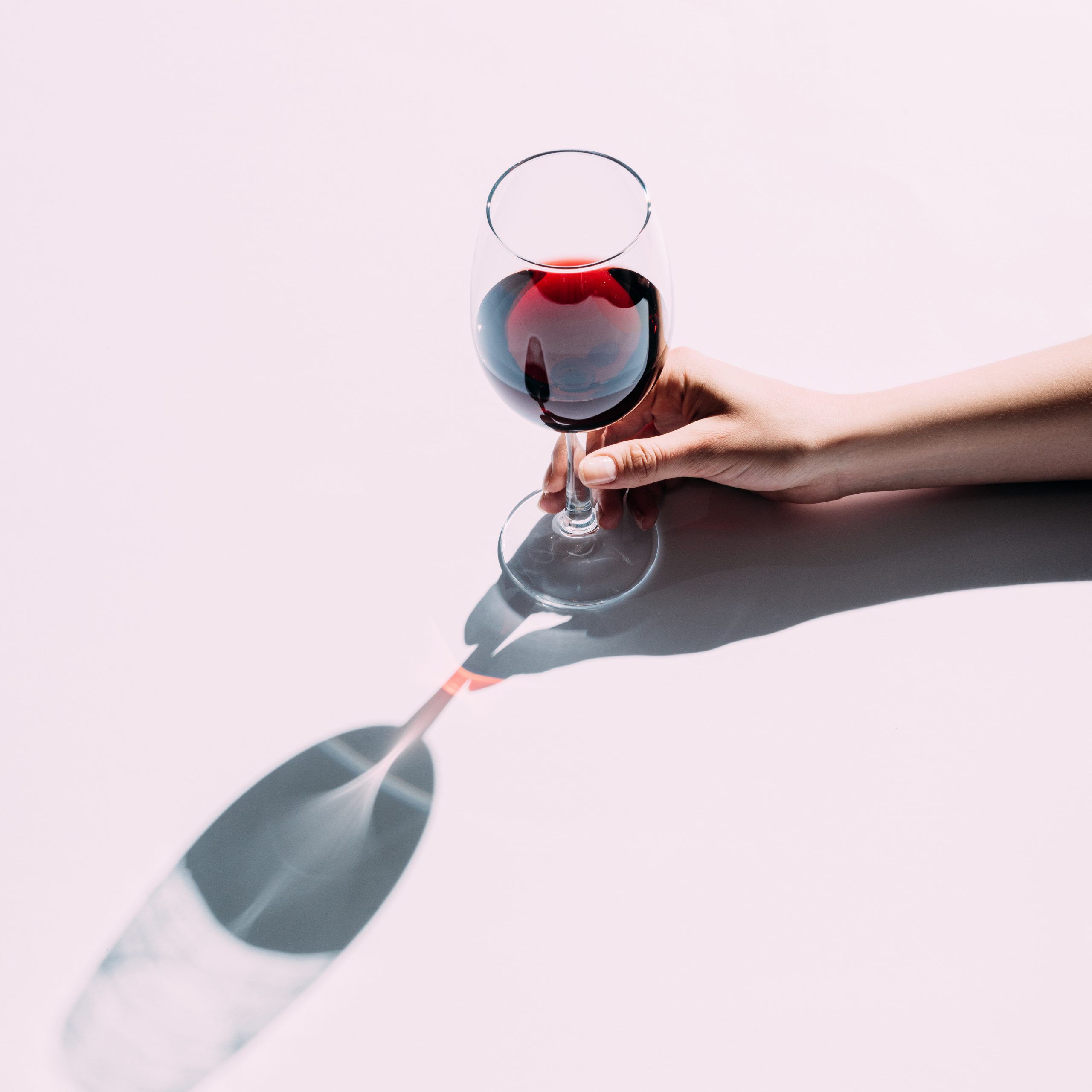
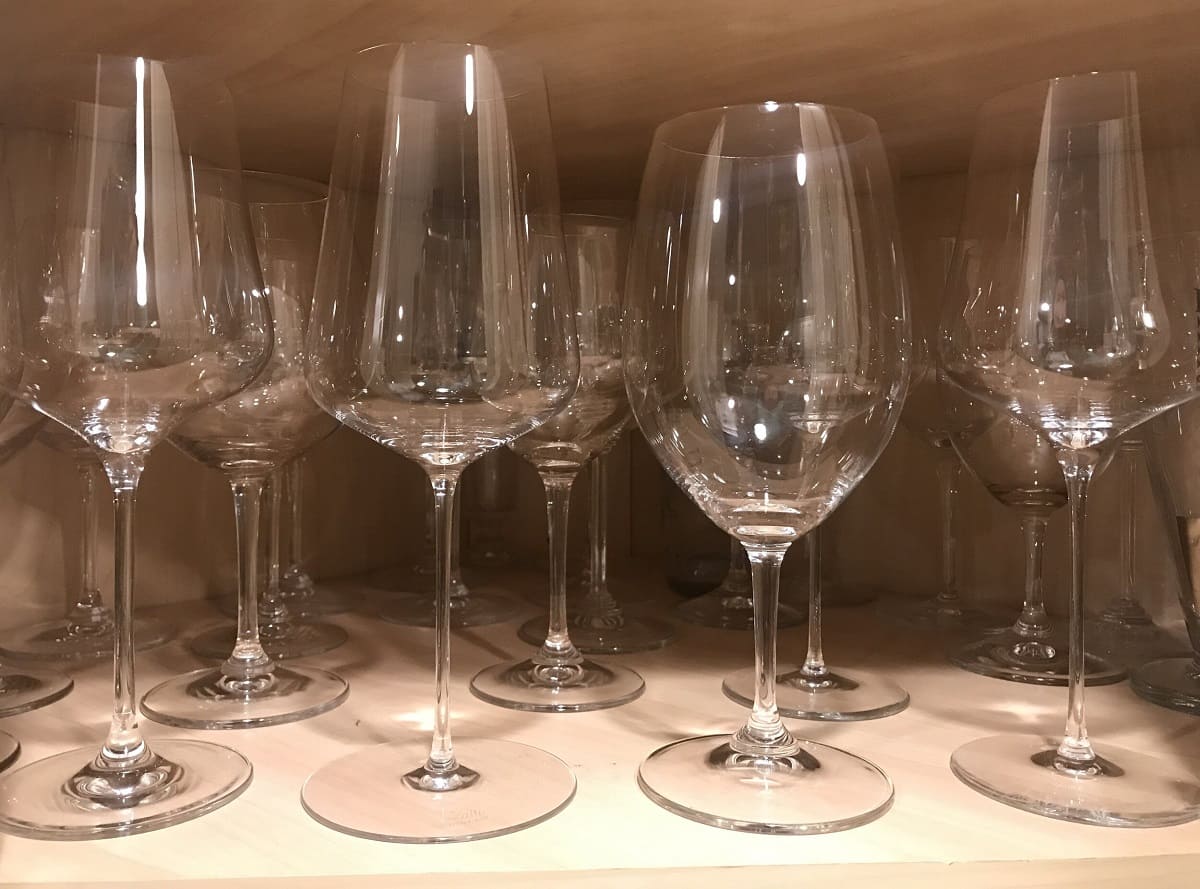

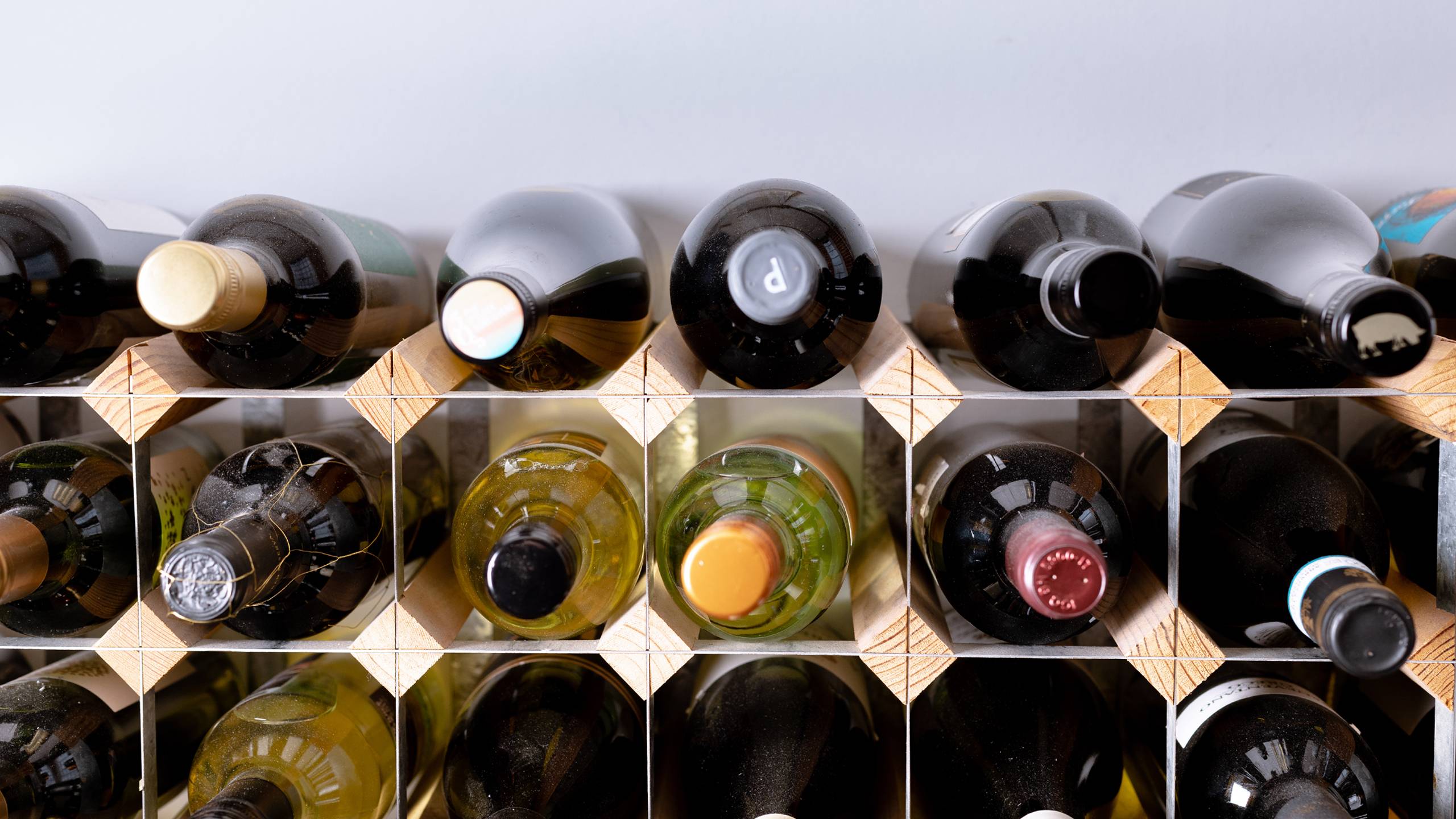

0 thoughts on “How Much Alcohol Is In A Glass Of Wine”